kWh explained!
Australian business owners are keenly aware that the cost of electricity is one of the most expensive components of their business running costs. Especially at the moment, with electricity prices on the rise. So here at MPE Group, we thought it apt timing to explain what ‘kWh’ means and why you are charged per ‘kWh’ on your electricity bills. Understanding this crucial information can help you to power your business in the most efficient and environmentally friendly way.
So, what does ‘kWh’ actually mean?
‘kWh’ stands for KiloWatt Hour, which is a unit of energy that measures how much electricity your building or business has used. ‘Kilo’ means 1,000, ‘watt’ is a measure of power and ‘h’ stands for hour. Appliances are often described in terms of their wattage, that is, the power they require to run. If you run a 1,000 watt (1kW) appliance for one hour, then that will use one kWh. If you run a 5kW air conditioner for one hour, then that would use 5kWh of electricity. One 100 watt light bulb, on the other hand, would take 10 hours to use one kWh.
Your business’ electricity usage (in kWh) is recorded by your electricity meter and passed on to your retailer for billing. Your bill will detail how many kWhs were used according to the meter. For some perspective, the average small business will use between 13,000 and 36,000 kilowatt hours (kWh) of electricity per year in Australia.
Obviously, this can fluctuate quite a bit depending on factors such as size, hours of operations, energy efficiency and overall power usage needs. For a typical office space, these items will contribute the most to business energy usage:
Air Conditioning
Heating
Lighting
Computers, Laptops and Printers
Internet Routers and Modems
Refrigerators and Dishwashers
In Australia, the manufacturing industry typically consumes the most electricity, using around 52,461 giga-watt hours (GWh), according to the Australian Bureau of Statistics (ABS). The mining industry is the second highest energy consumer, using 23,424 GWh, followed by the Electricity, Gas and Water sector with 6,543 GWh. The construction industry is claimed to use the least amount of electricity in Australia, only totalling to 2,138 GWh a year.
The ABS recorded in its latest report that the total yearly electricity usage from Australian businesses equates to around 154,439 GWh. This energy usage is believed to cost approximately $20.02 billion a year.
What is the difference between a kW and kWh?
It’s common for people to confuse kW and kWh. The difference is that kW is a measurement of power, while a kWh is a measurement of energy. That might sound nit-picky, but it’s an important distinction.
For example, a 4kW solar panel system has a maximum power output of 4kW. If that output was sustained over an hour, then the solar system will produce 4kWh of electricity. If it maintains that output for four hours, then that system will produce 16kWh.
Why is it important to understand kilowatt hours?
Energy literacy is the key to finding the best deal on electricity. Now that you understand kWhs, you should check your bills regularly to see how your electricity usage stacks up and whether there are savings to be made by reducing your power usage, finding a better deal, or both.

